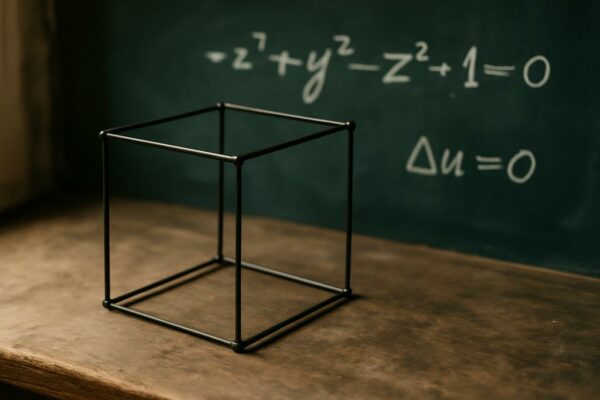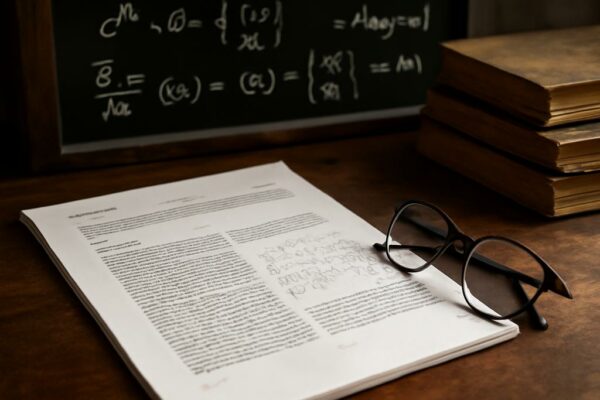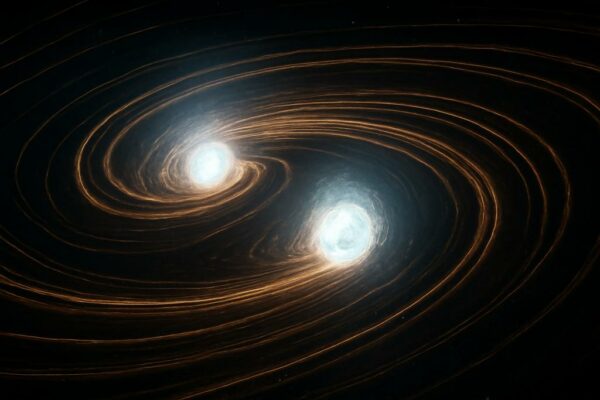
A wild algebra reveals the secret of symmetry
In the language of pure math, symmetry is not a decorative flourish but a guiding compass. A new study led by D. Zhangazinova and A. Naurazbekova of L. N. Gumilyov Eurasian National University in Astana, with U. Umirbaev of Wayne State University and the Institute of Mathematics and Mathematical Modeling in Almaty, explores a daring…
























